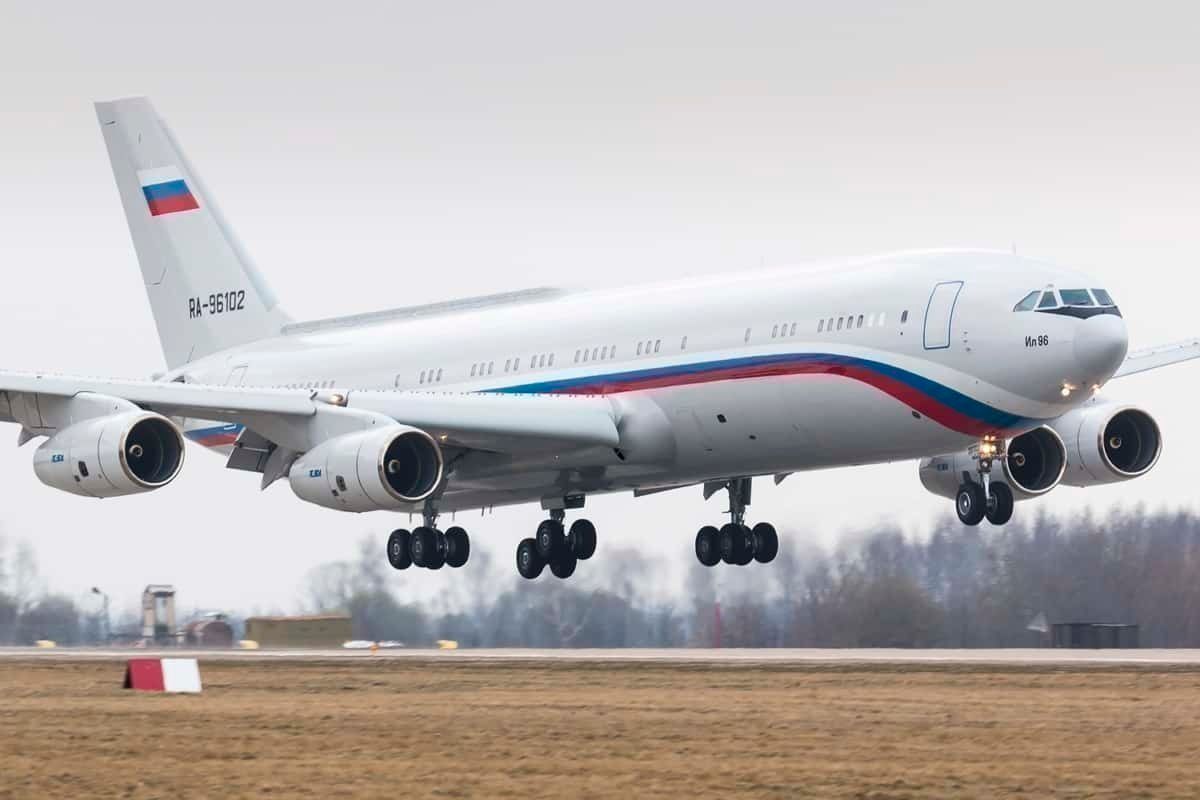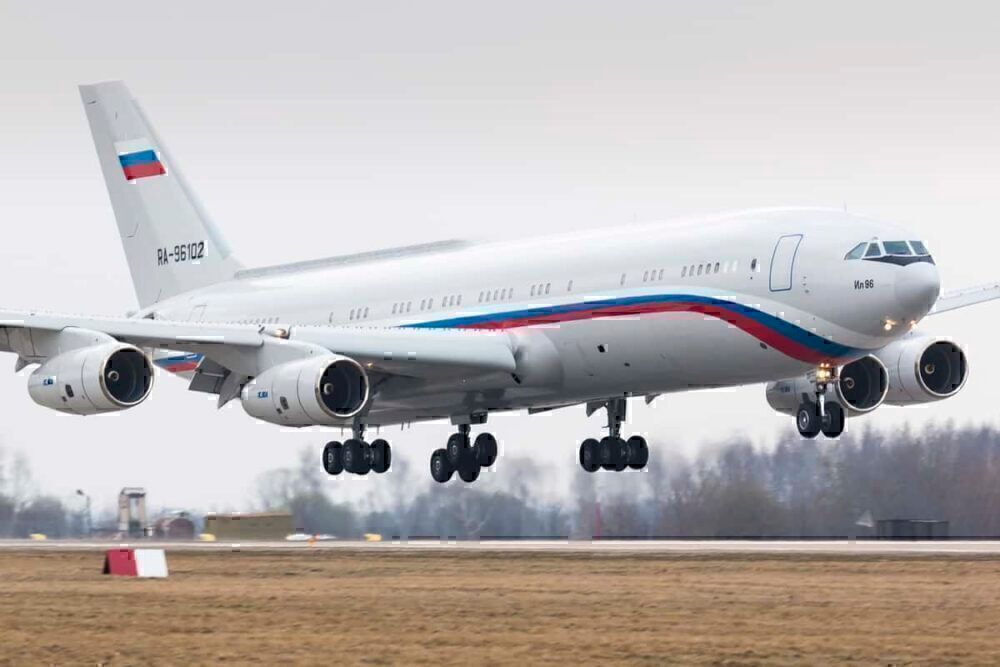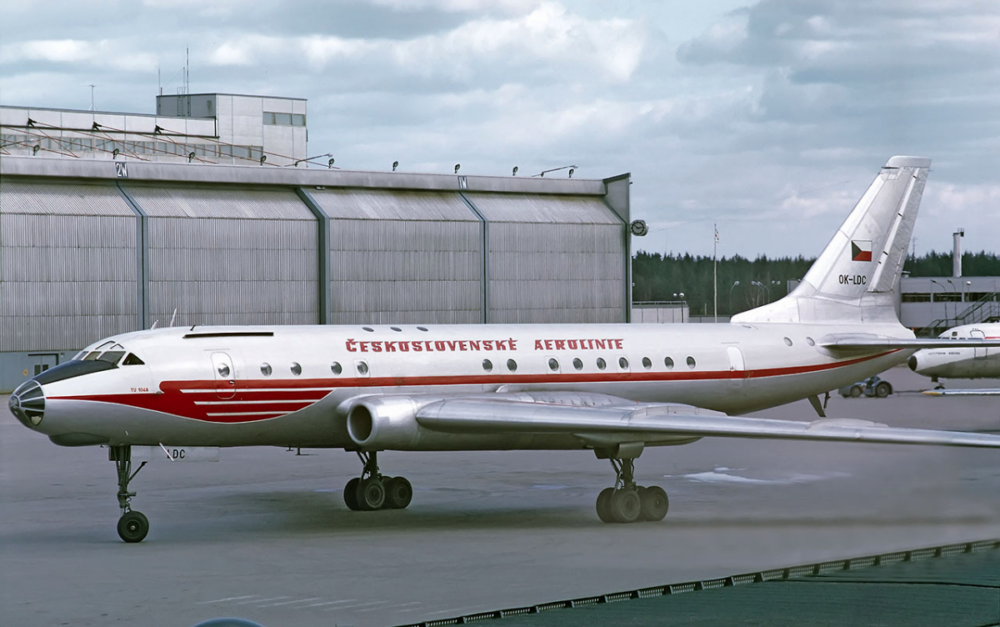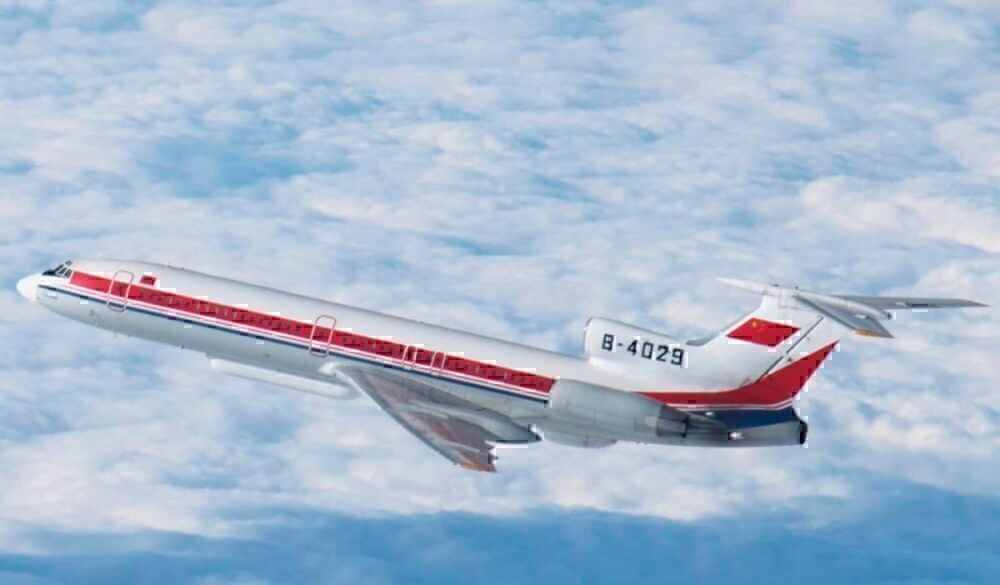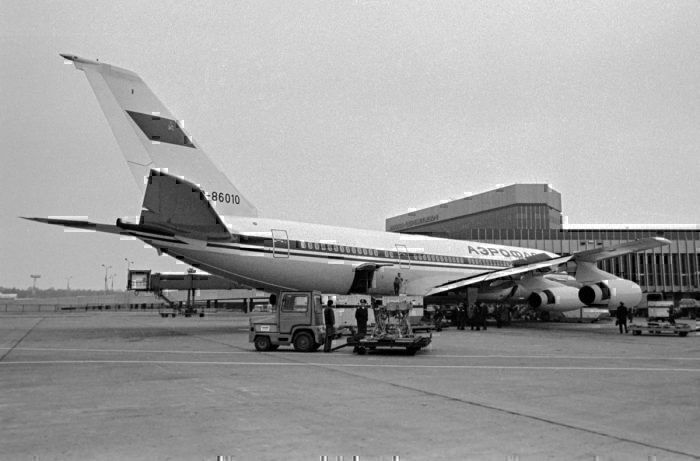At the height of the cold war, Boeing, Airbus, and other manufacturers were not only competing with each other but also with the might of the Soviet aviation industry. But how did the two industries compare, and what were their aircraft like?
The soviet aviation landscape
While many readers are intimately familiar with Boeing and Airbus' early years, the soviet civil aviation landscape maybe a little more obscure to most. Now you will notice this author used the word civil, not commercial, to describe the USSR run-enterprise. This is because it wasn't a commercial aviation space but rather a state effort to compete with the west.
When it came to aircraft, Soviet-era planes followed the critical design principle set by Andrey Tupolev - designing aircraft for both civil and military use. Thus most airframes from the era seem less of a passenger aircraft and more a troop transport. At least until 1972, when the Tu-154 arrived on the scene.
Stay informed: Sign up for our daily aviation news digest.
What are the differences between aircraft?
There are only a few differences between soviet aircraft and western airframes.
At the beginning of the Jet Age, the Soviet Union brought to the market the successful Tu-104 against the de Havilland Comet. While it did have some crashes (not reported to the west or the public inside the state), 200 would be built, and it would be the main Russian civil carrier until 1972.
Surprisingly, the interior of the soviet era aircraft at the start was completely the opposite of what you would expect. Interiors were opulent, with curtains, porcelain toilets, and more - a far cry from the communist manifesto you may expect. Besides, many aircraft didn't have any overhead baggage bins - designers believed that passengers should carry their luggage onboard and store it under their seats.
The plane would be outclassed by the Boeing 707 in 1954, that could do three times the range and was more accessible to purchase for western markets. The soviet union would go on to produce more aircraft for the state-run airline Aeroflot, many that would replicate features of well-known western aircraft.
Tupolev aircraft
Below is a simple list of each soviet aircraft and their western counterpart:
Tupolev Tu-104 - Competitor to the de Havilland Comet. The workhorse of the soviet fleet although couldn't fly very far (a range of only 2,120 km (1,320 miles, 1,140 nautical miles))
Tupolev Tu-114 - Propeller aircraft that could fly almost as fast as a 707 and carry over 200 passengers. Typically it only carried 170 and had a dining area (like a train carriage) and sleeping berths for passengers.
Tupolev Tu-116 - Built in parallel with the Tu-144, this propeller aircraft had a smaller payload of 24 passengers to the same range of 10,750 km (6,680 miles, 5,800 nautical miles). The USSR only built two.
Tupolev Tu-124 - It seems that designers loved the Tu-104 so much that they shrunk it down to 56 passengers and put it to work as a regional jet aircraft. It had a range of 2,100 km (1,300 mi, 1,100 nautical miles) and is best compared to the Boeing 717.
Tupolev Tu-134 - A powerhouse aircraft and the first to have international recognition (and thus could fly into western airports). Reliable, Aeroflot would use this aircraft for most of its routes to Europe until increasing noise restrictions phased it out. It could carry 84 passengers to a range of 3,000 km (1,900 mi, 1,600 nautical miles).
Tupolev Tu-144 - Competitior to the Concorde.
Tupolev Tu-154 - Competitor to the Boeing 707. The first real rival to western design. It could carry up to 180 passengers to a range of 6,600 km (3,600 nautical miles; 4,100 mi). It was mostly a beefier version of the Tu-134. This version would get an overhaul in the late nineties after the soviet era with western avionics and systems.
Tupolev would go on to build more western aircraft after the end of the USSR. But that is a story for another day.
Ilyushin Aircraft
You may have noticed that many of these aircraft don't seem to fit the mold of bigger aircraft like the Boeing 747 and Airbus A330. Enter Ilyushin.
Ilyushin Il-62 - The first jet aircraft from this manufacture. Designed to rival the long-range potential of the Boeing 707 and Douglas DC-8, it could take 186 passengers to a range of 10,000 km (6,200 mi, 5,400 nautical miles).
Ilyushin Il-86 - The first of the larger jet aircraft from this manufacture could carry 320 passengers to a range of 5,000 km (2,700 nautical miles). At the time, the soviet union was interested in buying the 747 and the Lockheed L-1011 TriStar, but the US government vetoed both ideas at the time. This aircraft was to rival the Airbus A330.
Ilyushin Il-96 - A replacement for the -86 and designed to rival the Airbus A340. The series could carry from 300 to 420 passengers up to a range of 11,500 km (6,209 nautical miles)
Other aircraft
While Tupolev and Ilyushin aircraft flew much of the large and prestigious international routes, many regional areas of what is now Russia and Central Asia still used old fashioned piston aircraft. Therefore the USSR needed a new regional aircraft - the Yak-40.
The Yak-40 would be the world's second trijet after the Hawker Siddeley Trident and could carry 32 passengers to a range of 1,800 km (1,100 mi, 970 nautical miles). There isn't a direct western comparison apart from a smaller Embraer aircraft.
In 1972, the Yakovlev design bureau set out to create a new aircraft to replace the Yak-40. The Yak-42 would carry 120 passengers to a range of 4,000 km (2,500 mi, 2,200 nautical miles).
The world of soviet era aircraft is a fascinating one, and we have barely scratched the surface in this article. The key takeaway is that many of the soviet aircraft either copied western designs or, in the case of a trijet, inspired others.
What do you think? Let us know in the comments.

